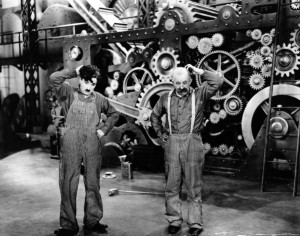I’ve been lucky enough to have met two of this year’s three economics Nobel winners, Gene Fama and Bob Shiller – my only contact with Lars Peter Hansen was the excitement of learning about Generalized Method of Moments estimates in their early days, while I was mid-way through my PhD. Both Profs Fama and Shiller were a pleasure to meet.
I interviewed the former for The Times in the relatively early days of the financial crisis (I can’t find the archived article but it was linked to his Onassis Prize lecture at the Cass Business School), and he was unmoved in defending the efficient market hypothesis, as the lecture shows.
Prof Shiller is somebody I’ve met a few times, and you couldn’t hope to meet a kinder or more charming person, or one who lives up better to the absent-minded academic label. His best-known book is of course [amazon_link id=”0691123357″ target=”_blank” ]Irrational Exuberance[/amazon_link], perfectly timed before the (first) crash of 2001, followed by [amazon_link id=”069114592X” target=”_blank” ]Animal Spirits[/amazon_link] co-authored with George Akerlof. Both books are appreciated by those who believe financial markets to have become a dangerous excrescence of capitalism and illustration of the dangers of markets in general.
However, Shiller has also in between written [amazon_link id=”0691120110″ target=”_blank” ]The New Financial Order[/amazon_link], [amazon_link id=”0691154880″ target=”_blank” ]Finance and the Good Society[/amazon_link] and [amazon_link id=”0691139296″ target=”_blank” ]The Subprime Solution[/amazon_link], books promoting the greater use of financial markets, or extending markets to areas where there are currently none – such as sovereign insurance against natural disasters. Many commentators have pointed out the apparent paradox of the Nobel committee rewarding both Shiller and Fama for their work on financial markets, but fewer the apparent [amazon_link id=”149228856X” target=”_blank” ]Jekyll and Hyde[/amazon_link] character of Prof Shiller’s own work.
[amazon_image id=”0691123357″ link=”true” target=”_blank” size=”medium” ]Irrational Exuberance: (Second Edition)[/amazon_image]
Speaking of anti-capitalism, this article about the 2008 crash leading to a revival of Marxism among the young reminded me of this 1997 John Cassidy article on – The Return of Karl Marx – sixteen years ago this week. [amazon_link id=”0199535701″ target=”_blank” ]Capital[/amazon_link] is pretty unreadable in my view, but Marx wrote about technology, inequality, power struggles and the disequilibrium dynamism of the economy, and will always look attractive as long as mainstream economics ignores these un-ignorable aspects of the world.
[amazon_image id=”1840226994″ link=”true” target=”_blank” size=”medium” ]Capital: Volumes One and Two (Wordsworth Classics of World Literature)[/amazon_image]

